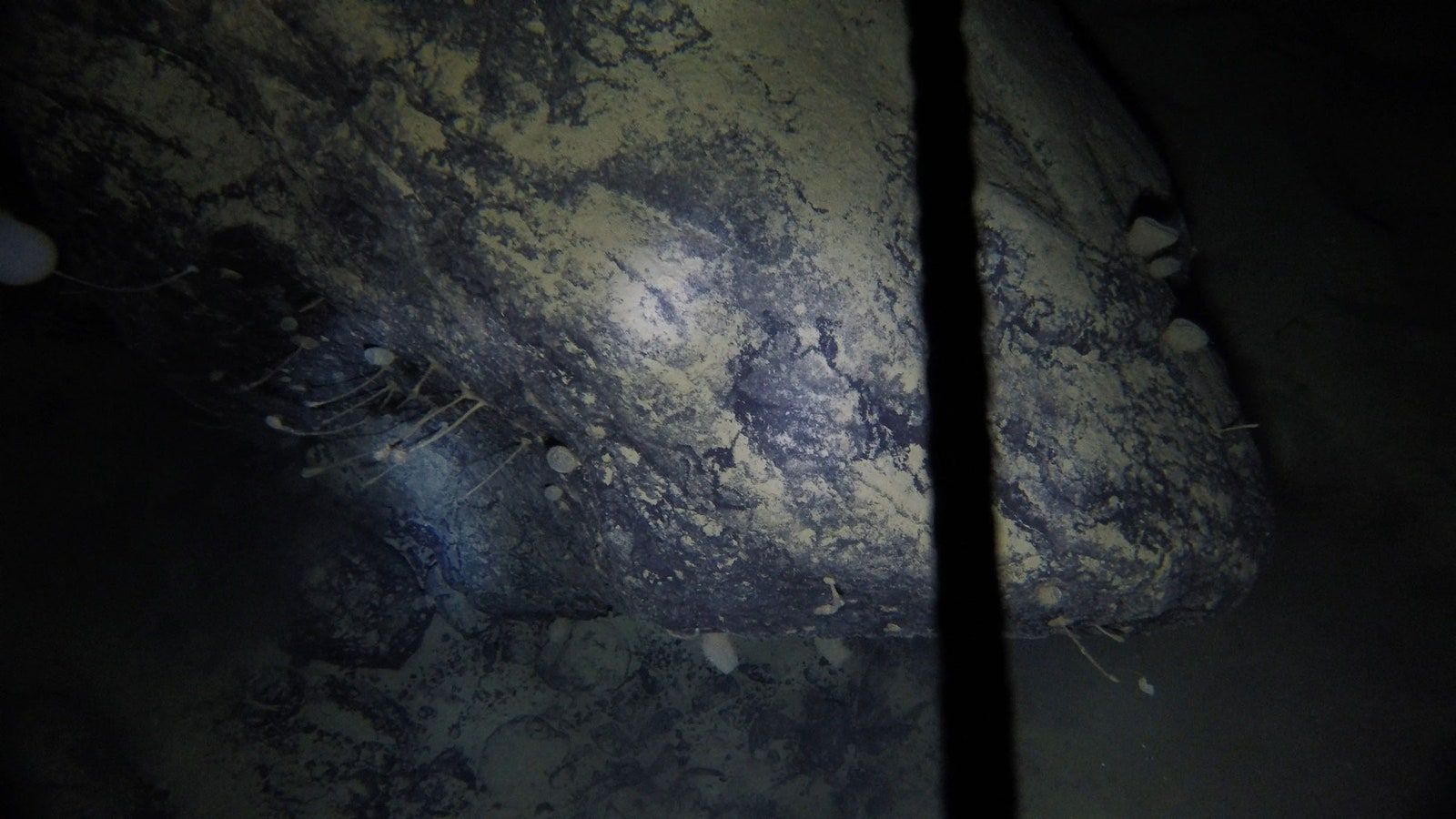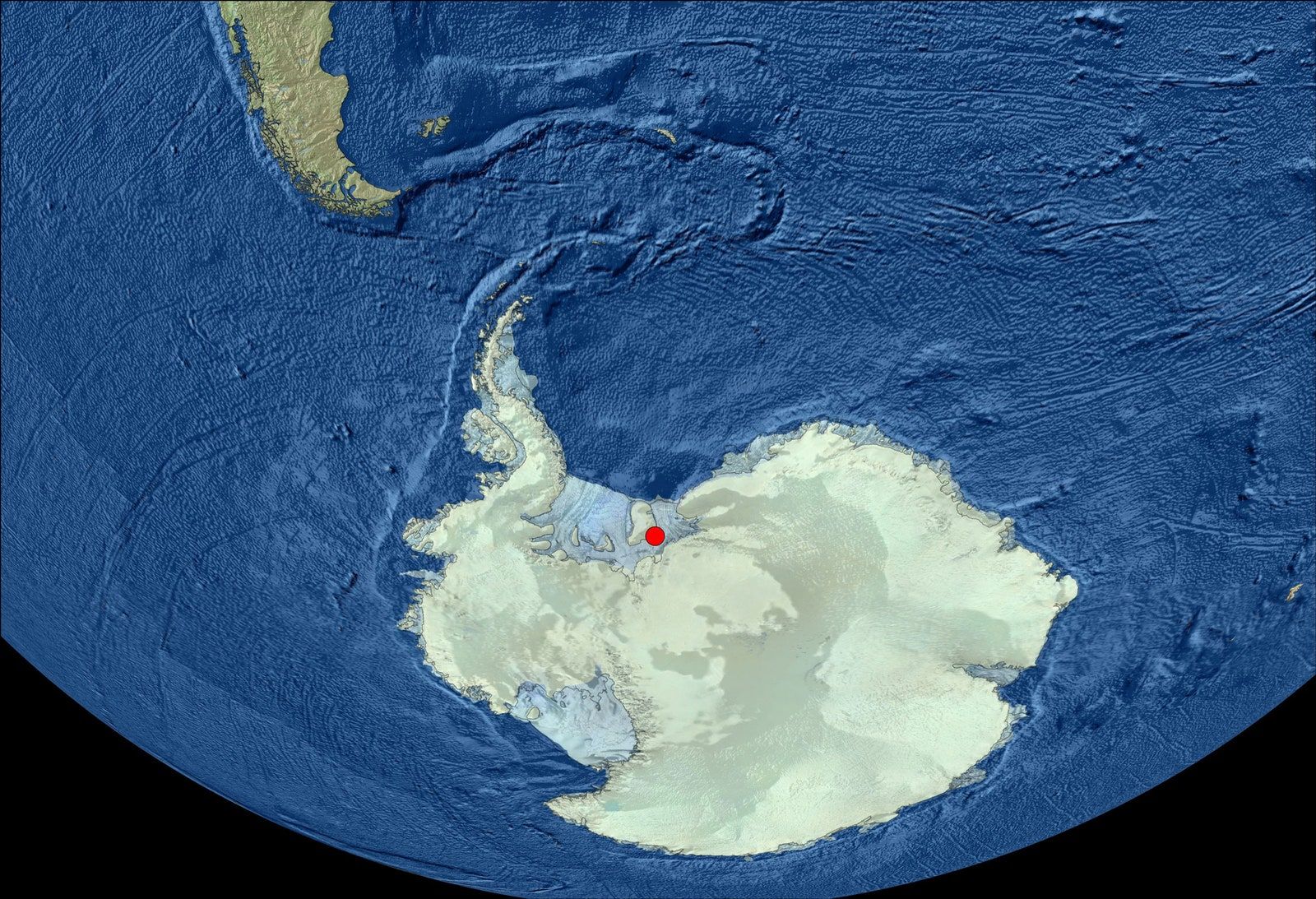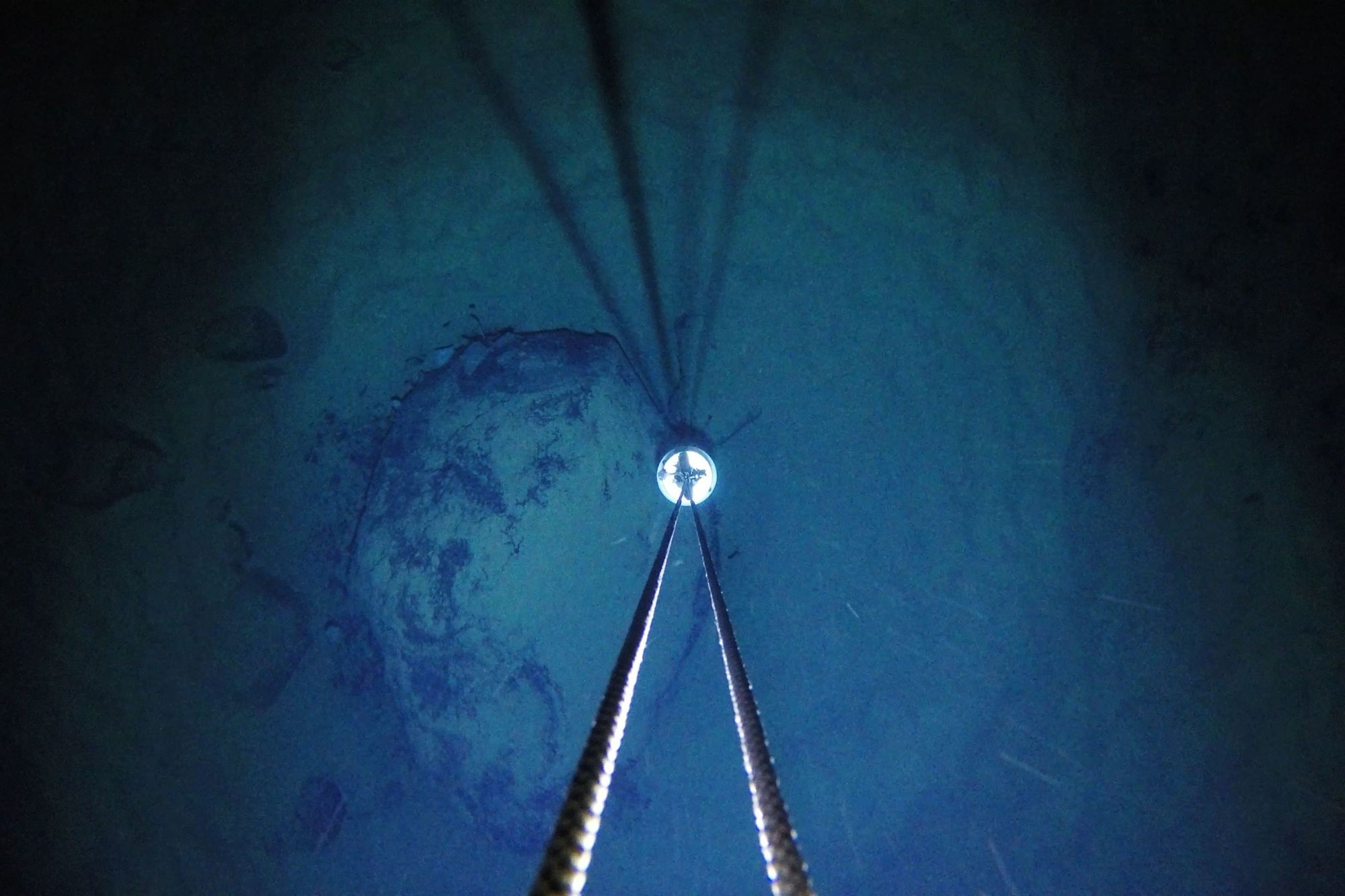Geologists drilled through an Antarctic ice shelf to sample sediments but ended up finding something else during their research.
The geologist of the British Antarctic Survey, James Smith, spent months studying the Filchner-Ronne Ice Shelf in Antarctica. He needed seafloor sediment for his research, which was locked under half a mile of ice.
Twenty hours later, after pumping twenty thousand liters of hot water through a borehole, Smith and his team reached the seafloor, where they lowered a device to collect samples, along with a GoPro camera. Their efforts at gathering samples were unsuccessful on several attempts, however, when watching the GoPro footage, they noticed a stone covered with a thin microbial mat.
The discovery is unexpected, as seafloor organisms need a supply of food, which usually consists of tiny particles of dead organisms that reach even the deepest of seafloors, also known as “marine snow”. However, under all this ice, access to this type of sustenance is limited, and only possible through the drift of water, making the discovery of life quite surprising.



Source: Wired

Good people, good places | Big picture of gastronomy

A shelter for hikers | LCA Architetti










